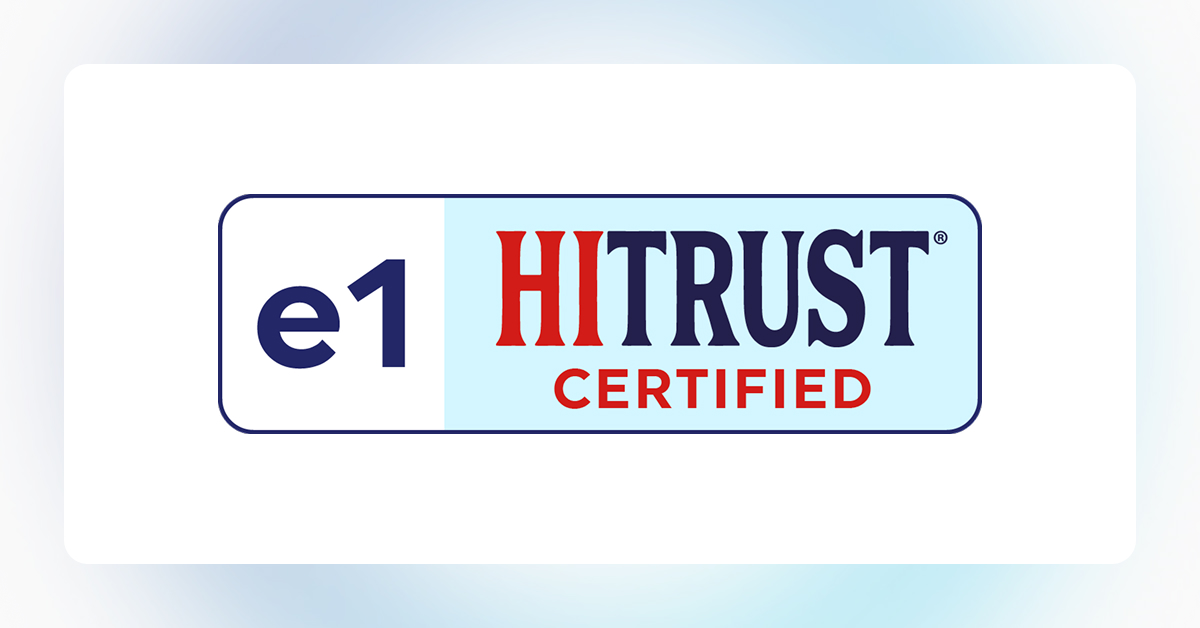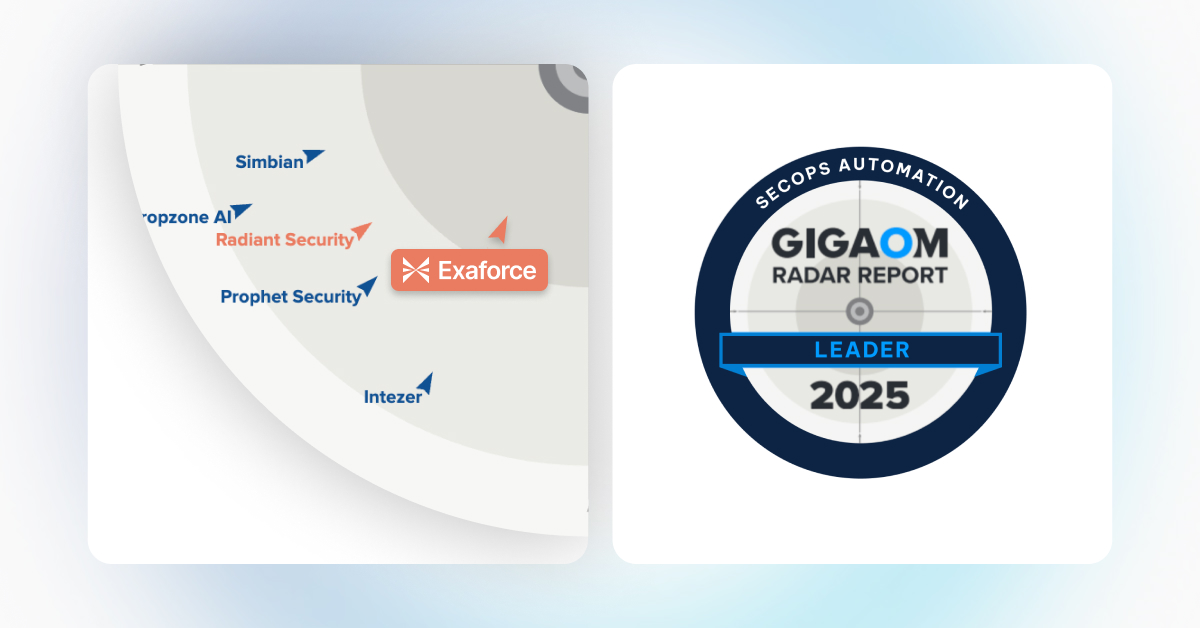This article originally appeared in SC Magazine.
For those who attended RSAC 2025 this year, chances are agentic AI came up in the conversation. Vendors pushed dozens of agentic AI products, many of which were tailored to use cases for security operations centers (SOCs) – and marketers dove in head-first to position their companies at the forefront of innovation.
However, thoughtful dialogue about the practical application and true value of agentic AI in the SOC got lost. Here’s what many of the sales pitches missed:
Agentic SOC platforms are a force multiplier, not a replacer.
One of the biggest misconceptions about agentic SOC solutions that we heard is that they will put security professionals out of work and replace some of the tools they’re most familiar with, such as security incident and event management (SIEM) tools. That’s not accurate - in fact, humans, SIEMs and agentic SOC solutions work better when used in tandem.
Security professionals benefit from using effective agentic SOC tools. The new products can minimize tedious workloads, time spent triaging alerts and performing investigations will decrease substantially, and they’ll have more time to uplevel and focus on high-tier investigations and response tasks.
SIEMs have been around for decades and aren’t going anywhere. They collect large amounts of historical data and context that agentic SOC solutions can rely on to produce recommendations and responses. While some agentic SOC tools add reasoning and action to datapoints, they need access to the context in the SIEMs to remain effective.
Context too often gets overlooked.
An overlooked aspect of agentic AI that has gotten lost in conversations about minimizing workloads is its ability to work in tandem with third-party systems. These third-party tools and data sources have nuanced interfaces, data schemas, and operations that agents can misinterpret without deep contextual knowledge of how a tool works. AI agents need deep integration, with sufficient access to data, visibility into workflows, strong feedback mechanisms and environmental context.
If the enabling deep context gets overlooked, agentic AI tooling can add tasks to a to-do list, rather than removing them. For example, if the solution triages an alert and offers a recommendation, is there transparency on that data was gathered? Do we have to go through another system to get the transparency on that data? Is that adding work for the team? The level of context and importance of automating fine-tuning after deployment are still aspects that are being overlooked.
The vendors don’t offer PoCs that can prove a product’s real value.
Crowded booths and flashy banners were everywhere, but booth demos are optimized to tease the best functionality the vendor has to offer – they can’t deliver the insights that deploying the product in the user’s own environment can elicit.
Vendor claims for agentic AI SOC tools ranged from saving time and money to agents making decisions and executing on them autonomously. A proof of concept (PoC) can help verify whether those claims hold up under the company’s SOC’s conditions. Can the tool operate with the company’s specific data volumes and alert types? Can they integrate with the tools in the tech stack that are crucial to the organization’s business operations?
Many may think: “PoCs are nothing new – we know there’s value.” True, but the misconception that AI agents will replace security professionals in combination with the current economic climate adds concerns that we can quell with a PoC in favor of a paper evaluation. Giving analysts the opportunity to test the product and see that it’s there to help them, not replace them, will go a long way in building trust between the user and the product, as well as the employee and the investment decision-makers.
Getting a PoC and fighting the urge to make a heavy investment immediately for the sake of quick innovation lets a team fine-tune the tool’s logic, policies and thresholds to match a SOC’s risk appetite and operational nuances.
So with any new technology, we’re bound to have a hype cycle that spin up fluff. To find the true value of a new product, take it for a test drive and hold it to a high standard to deliver on its promises. Make sure the outcomes are accurate, the sources transparent, the data immediately accessible, that it complements the operations of the teams and tools that are crucial to the success of the organization.


































